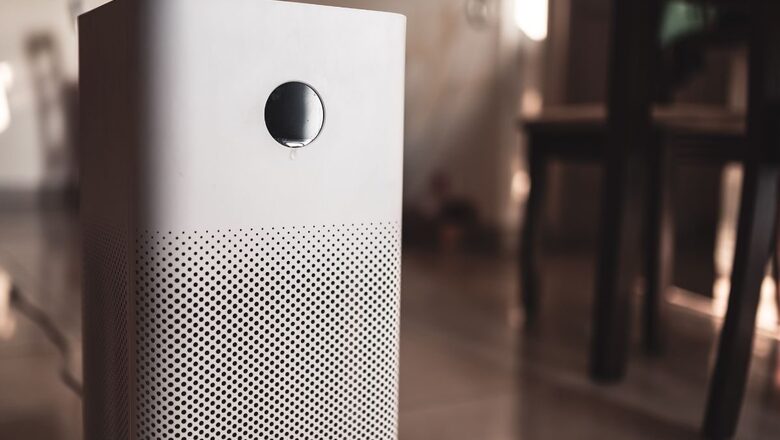
views
Many market research reports underscore the notable surge in air purifier usage across India, attributed to various factors, notably the escalating pollution levels. India contends with some of the most dire air quality globally, frequently surpassing safe thresholds for pollutants like PM2.5 and PM10 in numerous cities. Consequently, there’s an increasing recognition of the health hazards linked to air pollution, fuelling a heightened demand for air purifiers.
However, there are other supporting reasons behind the increase in sales of air purifiers in India which include growing urbanisation and increasing disposable incomes.
Experts believe that India is rapidly urbanising, with more and more people moving to cities. This has led to an increase in traffic congestion, industrial activity, and construction dust, all of which contribute to air pollution. As a result, many people living in cities are investing in air purifiers to protect their health. Secondly, India’s middle class is growing rapidly, and disposable incomes are rising. This has made air purifiers affordable for more people.
It should be noted that this year, weeks before Diwali, individuals commenced sharing images of their home air purifiers on social media. It was noticed that the demand for air purifiers has hit unprecedented highs due to alarming pollution levels. Additionally, memes and reels flooded various platforms as the Air Quality Index (AQI) soared past the 300-mark in numerous locations, primarily in Delhi and its surrounding regions.
Considering the ongoing air quality situation, a market research report that forecast the trend from 2023 to 2028, highlighted that the Indian air purifier market is projected to achieve a Compound Annual Growth Rate (CAGR) of over 5 per cent in the forthcoming years. Another recent report highlighted that the Indian Air Purifier Market is projected to surpass a value of $1169.10 million by 2030, with an anticipated substantial CAGR of 28.51 per cent from 2023 to 2030.
Notably, players like Daikin Industries Ltd, Dyson Ltd, Koninklijke Philips NV, Honeywell International Inc., and Panasonic Corporation hold key positions in this fragmented market. In 2022, Havells Studio launched a new product, the Meditate air purifier, while Samsung launched two new air purifiers in India. This year, Xiaomi launched two new air purifiers, Smart Air Purifier 4 and Xiaomi Smart Air Purifier 4 Lite. Similarly, Dyson launched the new line of Purifier Cool Gen 1 in India.
However, the widespread adoption of air purifiers in households has sparked debates regarding their actual benefits for the respiratory health of healthy adults. In a study involving 32 healthy individuals, genuine air purifiers showed an 11 per cent reduction in indoor fine particulate matter, yet this change lacked statistical significance.
The study found that these purifiers didn’t notably enhance the subjects’ lung function. Surprisingly, experts noticed that an increase in the concentration of pollutants, PM10-2.5 and ozone (O3), led to a significant decrease in three measures of lung function: forced expiratory volume in one second (FEV1.0), forced vital capacity, and maximal mid-expiratory flow. It clarified that while air purifiers marginally improved indoor air quality in ordinary homes, they didn’t show any tangible improvement in overall health.
The Union government initiated a plan, the National Clean Air Programme (NCAP), in 2019 to enhance air quality in 131 cities across 24 States or UTs. Engaging all stakeholders, the Centre sets a target reduction of up to 40 per cent in PM10 concentrations by 2025-26 or achieving compliance with National Ambient Air Quality Standards.




















Comments
0 comment